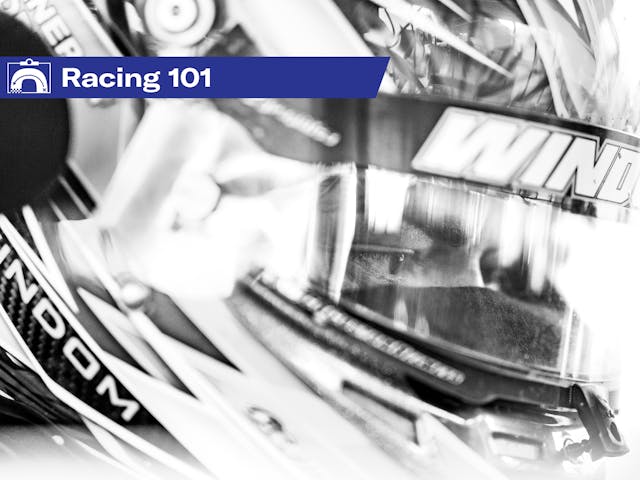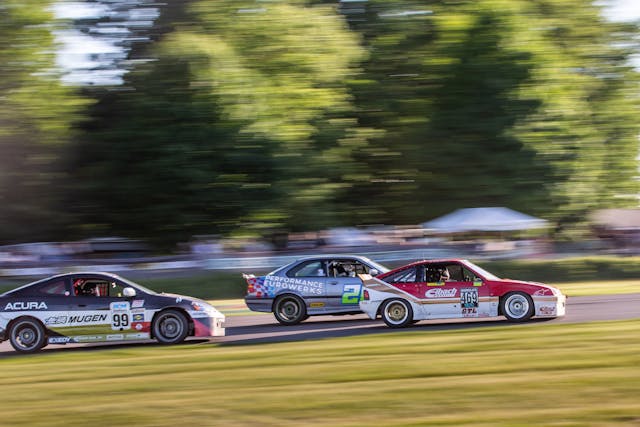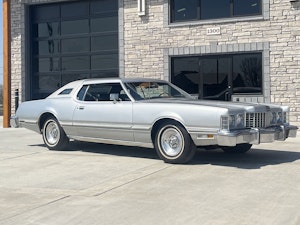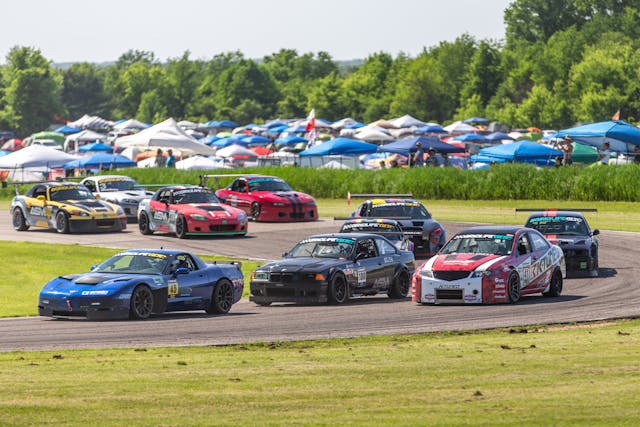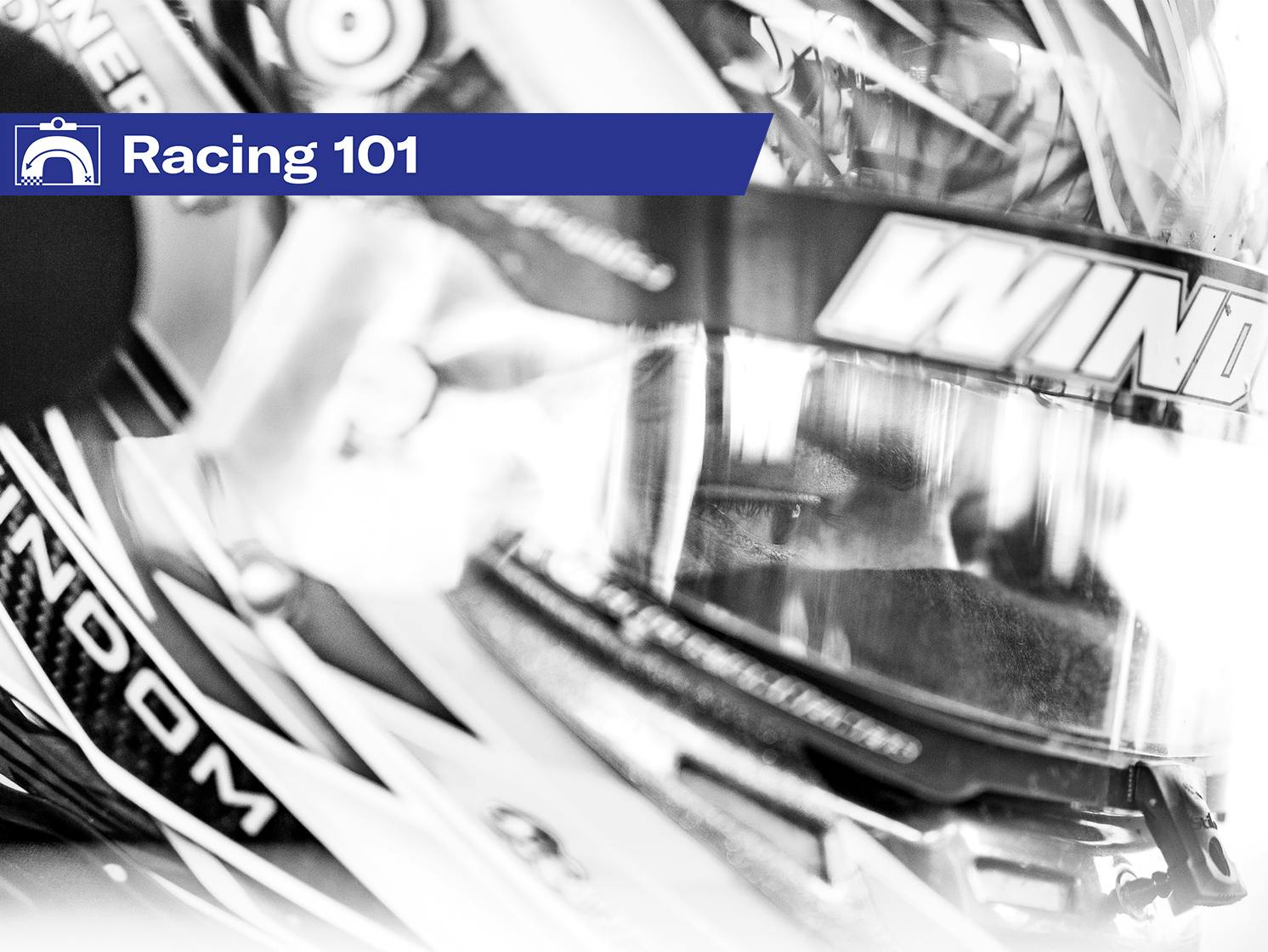Media | Articles
Racing 101 #5: Why self-preservation makes you a better racer
Ross Bentley is a professional driving coach, sports car racer, and author of the bestselling Speed Secrets book series. He will join us each Monday to explain and dissect aspects of high-performance driving. Sharpen those pencils, take a seat, and speak up in the comments below. Class is in session.
Logic, fear, and self-preservation—these mental facets stand between you and crashing every time you head into Turn 1 (or your favorite switchback on a mountain road). Is one more important than the others?
First, we must consider our brains and how they process information. Think of logic as a 1961 Volkswagen Beetle. Fear and self-preservation might be a Koenigsegg. Research has shown that our conscious mind, which is where logic lies, can process about 2000 bits of information per second. Our subconscious, the home of fear and self-preservation, processes information at supercar speed, over four billion bits per second. This difference in speed explains why we can do things without consciously thinking, aka when on auto-pilot, more easily and much faster.
In our world of motorsports, doing anything faster is a good thing.
When approaching a corner, you don’t have time to make logical calculations about the amount you should slow down. Even if you could, you wouldn’t have time to look down at your speedometer to check how you’re doing. Instead, you rely on your subconscious mind. Goodbye logic, hello instincts.
Marketplace
Buy and sell classics with confidence
Is it fear, then, that’s setting your corner entry speed? Hopefully not.
What if a driver believes—truly, deep down inside, believes—that they can take a 100-mile-per-hour corner at 150? What stops a driver from trying that? Some may mislabel it as fear, but it’s really self-preservation at work. The only thing that stops a driver from crashing in every single corner is the desire to continue. Continuing leads to further learning, which translates to more speed.
Still, there’s a fine line between fear and self-preservation.
Fear often leads to inaction or inappropriate action. I suspect you’ve had at least one moment in your life when you froze in panic mode. That’s fear kicking in.
Consider this example: Sometimes, the best thing to do when entering a corner too fast is to release the brakes and give some grip back to the front tires to allow them to turn as much as possible. When fear has set in, we tend to do the wrong thing—hanging on the brake pedal, causing the car to slide off the road or track.
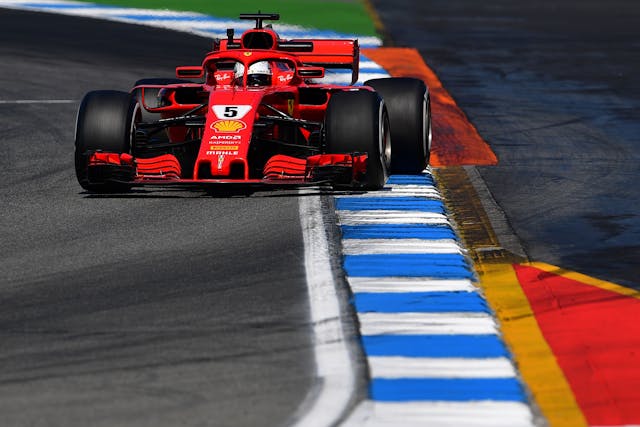
In 2018, four-time F1 World Champion Sebastian Vettel, driving a Ferrari and leading the season-long championship up to that point in the year, crashed out of the lead at his home race in Germany. In the rain, he approached a left-hander and locked up the brakes.
I yelled at the television, “Lift!” Despite me doing my best to coach him through the tube, the fear synapse in his brain locked like his tires, and he slid off the track and into a tire barrier.
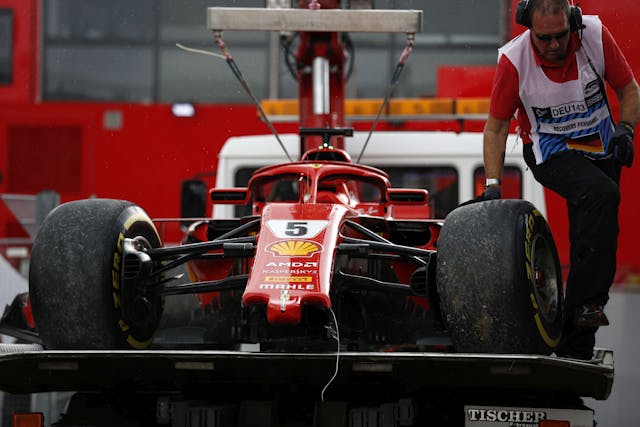
Even the best racers can mess up this balance between logic, fear, and self-preservation.
Whether you’re an F1 driver, an autocross weekend warrior, or a hairpin-highway fanatic, fear can play a factor in a different manner, too. It’s often fear of failure that motivates us to do something—or not do something—more than fear of injury or death. This fear of failure could be a concern about the financial impacts of an impact, how you’re going to explain a wreck to your significant other, or worrying about what others might say about your driving abilities if you make a mistake. It’s a fear of the unknown, essentially.
In An Astronaut’s Guide to Life on Earth, frequent International Space Station houseguest Chris Hadfield wrote:
“In my experience, fear comes from not knowing what to expect and not feeling you have any control over what’s about to happen. When you feel helpless, you’re far more afraid than you would be if you knew the facts. If you’re not sure what to be alarmed about; everything is alarming.”
Apparently, flying spaceships and driving fast cars are not all that different. Fear of the unknown is not a good thing to have in mind when approaching a corner. Toss that out and let’s focus on self-preservation.
In fact, it’s our self-preservation that gets us around the track or back home after a blast through that mountain pass. To be a really fast driver, you need a healthy dose of self-preservation. Too much and you’ll be slow, and you won’t be exercising your self-preservation. Too little—not heeding its warnings—leads to crashing too often, and that means you’ll be on the side of the road or track.
The right amount of self-preservation leads to driving near the limit often enough that you can fine-tune the ability to drive near the limit. It’s a cycle. Oh, and you certainly learn a lot more when you’re on the track than you do when you’re stuffed into a tire barrier.
Surprisingly, when you spend enough time in this zone, you eventually get used to it. It becomes normal, and you don’t do inappropriate things out of fear. Instead, fear gives way to self-preservation. You become comfortable being uncomfortable, and you respond appropriately. You look into the upcoming corner, do some subconscious calculations based off of the sensory information coming into your brain, and you set a speed that will allow you to negotiate that corner again and again. You’ve preserved yourself long enough to take another lap or run up the highway, learn more from that experience, and continue the cycle.
Exceptional drivers make those subconscious calculations faster and more accurately than others. Much of that comes from experience, but it’s the type of experience that makes the difference. If all of that experience is well below the limits of the tires, for example, self-preservation will never set in, and never force your brain into that mode where it must calculate at a speed that allows you to survive.
Consistently comfortable is kind of boring. Even worse, it’s slow. Consistently uncomfortable? That’s fear at work. Being fast on track is about being comfortable with being uncomfortable. Thank you, self-preservation.
***
Check out the Hagerty Media homepage so you don’t miss a single story, or better yet, bookmark it. To get our best stories delivered right to your inbox, subscribe to our newsletters.
